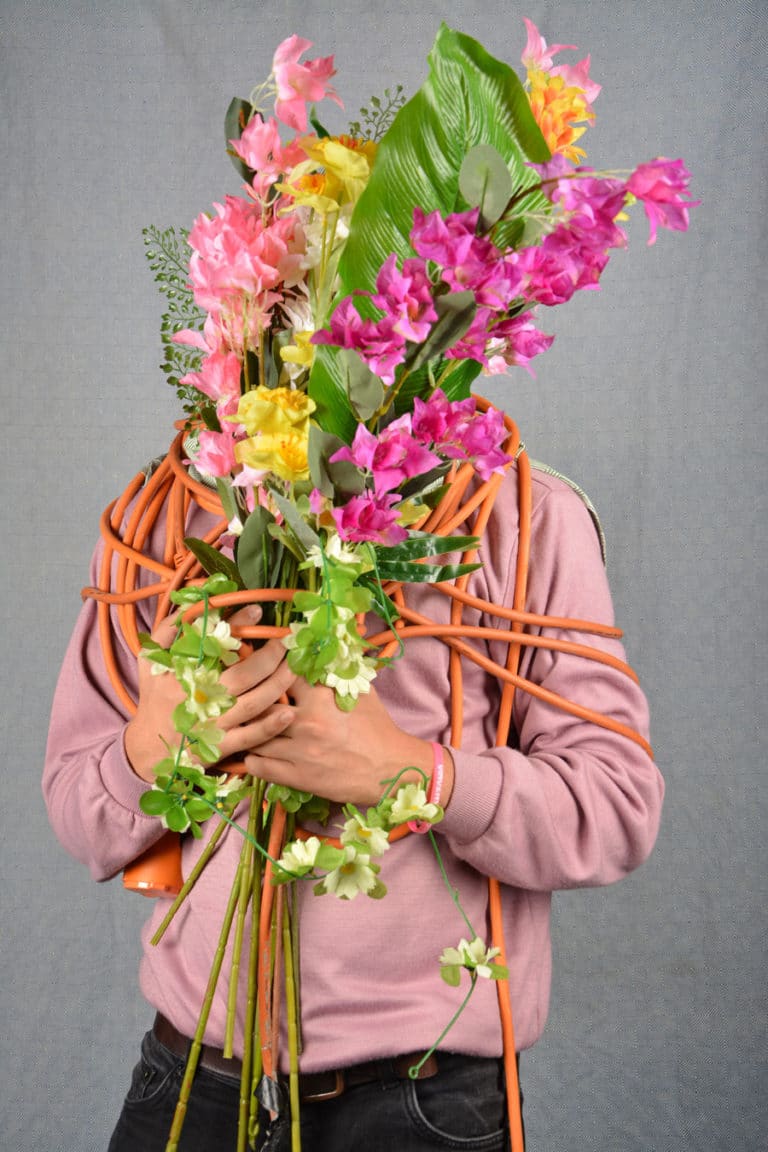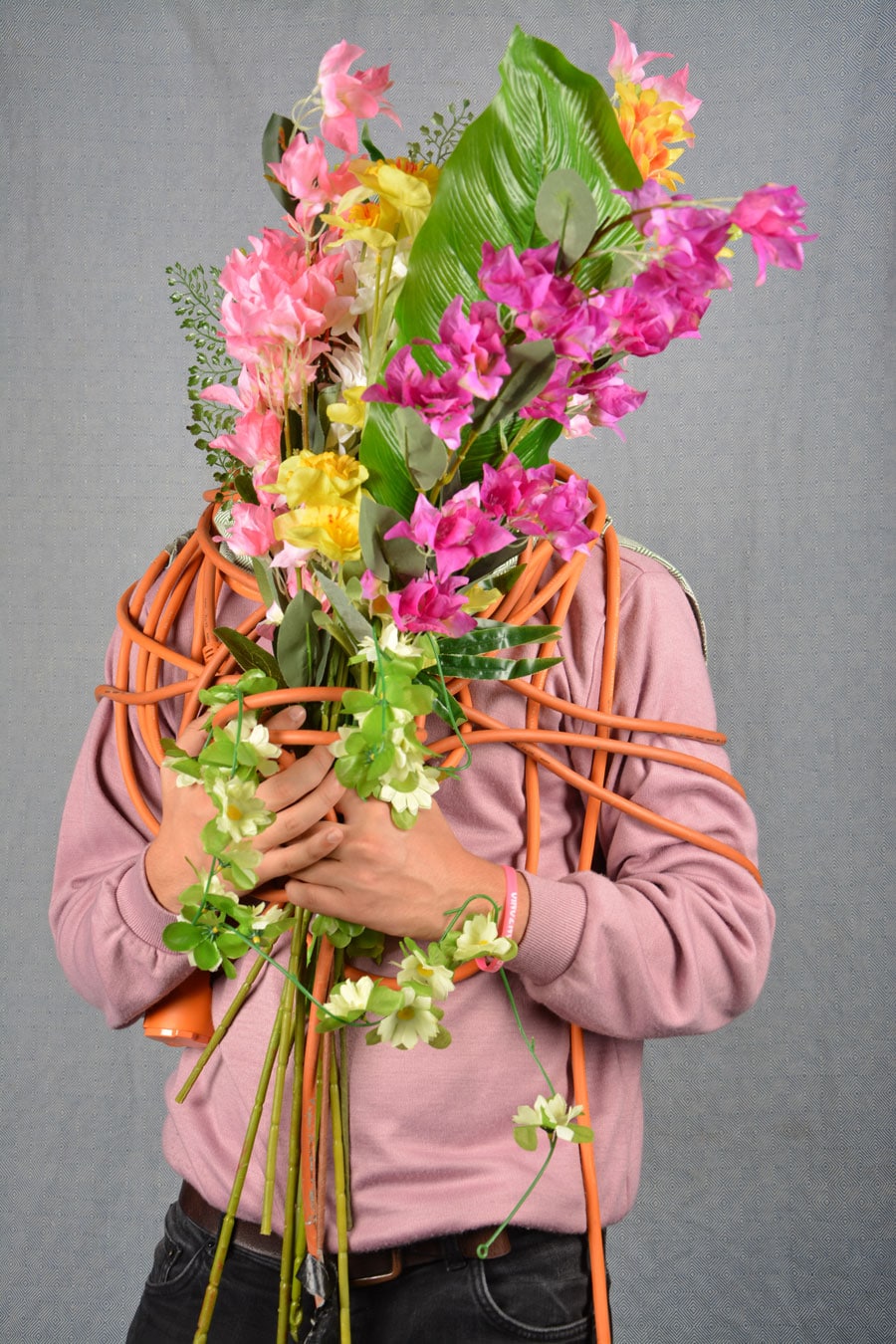The link between New Year resolutions, wellness and the rise of orthorexia

On the first day of the year, I thought it was about time I re-downloaded all the apps on my phone I had taken a break from during the holidays. While typing the words “Mail” in the App Store, I was advertised the app of the day: Yazio. “To eat well and lose weight,” said the simple slogan. I scrolled down and then was hit again with a How To piece: “Find a fitness plan to suit you” and the training tools i.e. apps and lifestyle tips to help make this happen.
It’s now the fourth week into January and I am still being advertised new ways to get fit in the form of ‘wellness’ routines. Losing weight is the top New Year’s resolution every year but this year many have used words like ‘clean eating’ instead, arguably a more acceptable way of saying you’d like to shed a few pounds. But with everyone recommending some kind of new diet, whether that’s a paleo one, a sugar-free month, the classic carb-free one or even choosing to go vegan, wellness in 2019 is starting to feel like a dressed up version of severely controlling what you eat. In other words, a trendy infrastructure for eating disorders to manifest.
“The incline of orthorexia (the obsession with eating foods that one considers healthy) has been severe these past few years,” says Dalia Maori when I ask if there is a link between wellness and eating disorders, especially in the New Year. The Clinical Specialist Registered Dietitian for The Therapy Room based in Cambridge, explained that the obsession with healthy eating has the same traits as anorexia, bulimia and those who suffer from tremendous anxiety. It all has the same amount of rigidity.

“I have patients crying about eating out of plastic but this conscientious perfectionistic personality, a compulsive mental health issue has no nuance” dissects Maori as “‘Clean eating’ is to not eat anything processed which can be a bag of freshly washed spinach to a bag of doughnuts”.
Yet in the wave of wellness, advice on eating green is everywhere. Whether it’s Boots putting its vitamins and mineral cleanse kits on sale in January or videos on the easiest and “healthiest” ways to ‘dissolve fat’. The internet means everyone has a voice but unfortunately, everyone is also behaving like a general practitioner when really creating this kind of content in a responsible way is a real battle, says dietitian, health writer and nutrition consultant Laura Tilt. “Given the rise of social media, which is unregulated so far as wellness is concerned”.
Magnified under New Year resolutions, a consequence of ‘clean eating’ and wellness trends is what Dietitian Dalia Maori calls the “disordered rejection of all pleasure” i.e. what Antoni Porowski, “the food guy” on Netflix’s Queer Eye said in this paraphrase on flavour: what about the spice? The texture, the sensations? Maori also reminds us that there is such a thing as “eating for the soul. We don’t just have sex to have babies, we do it to please ourselves.” But in this climate of either extreme — eating only superfoods or living your best life on mac’n’cheese — many are finding it hard to stay still—even when their mind and body deserves it. 24-hour gyms promote a healthy lifestyle but what’s wrong with sitting down when you’ve been on your feet (and mind) all day? Much of the wellness en vogue may be full of certain kinds of vegetables but this can still be an imbalanced diet and lifestyle.
As the messages to become more “healthy” yet arguably look only one way is advertised all around us, from the billboards to a swipe up on Stories, I asked nutritionists on how we can use technology for the betterment of our health and power and not the traditional technique of dieting which makes women especially feel guilty about our bodies.
Health writer Laura Tilt said she uses Garmin’s Vivosmart in order to track steps and activity, especially when working from home, in addition to being aware of the screen time limits on her phone as “too much tech isn’t good for your wellbeing!”. Insight Timer was also a recommended app to help meditate and journal as well as feel as though you are in a yoga class as it will tell you how many other people are also mediating at the same time.
While I haven’t stuck to health, fitness nor wellness app as of yet, I am still of the belief that much of the disorders such as orthorexia come from not enjoying our bodies from the inside out; forgetting that women are not linear beings and are, as Maori says, “like moons”. Our blood sugar levels change, our appetites change as well as our needs and moods. No “What I Eat In A Day” video or app tracker will be able to extend a hand to help my body if it’s not personalised to fit my body in the first place. Yet positive additions to the 2019 wellbeing craze are podcasts that work to negate the unified vision of what wellbeing may be or look like, such as The Happy Place, Super Soul Conversations and Off Menu. Remember, there’s also no one way a body looks like when it’s dipped in wellness.




